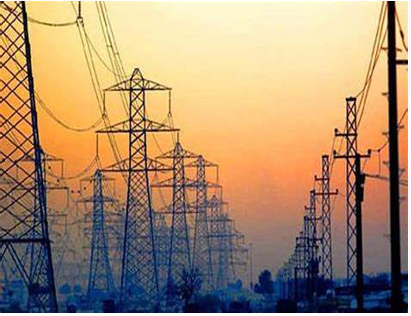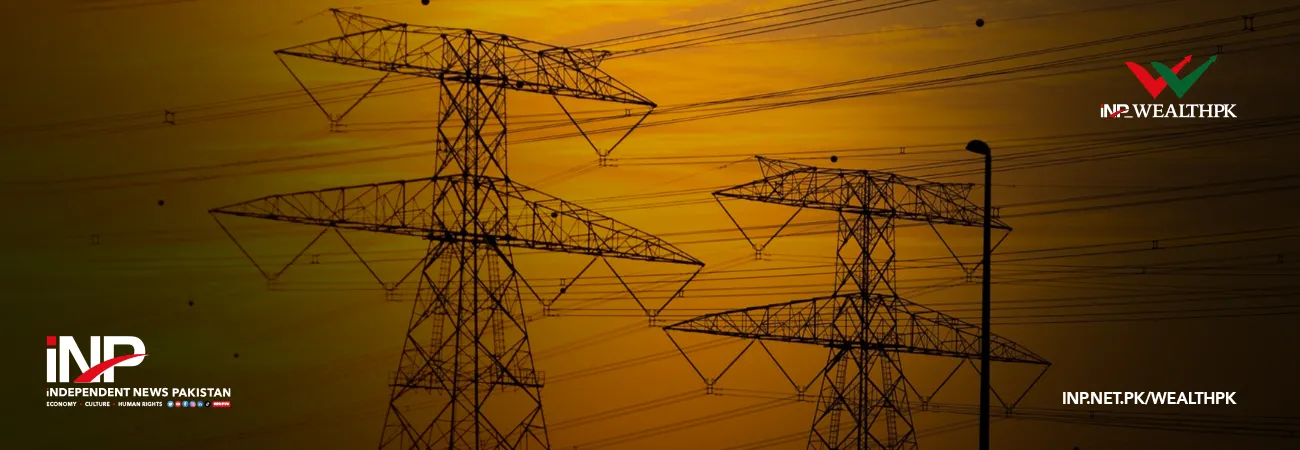INP-WealthPk
Amir Saeed
Transition to the Variable Energy Pricing Model (VEPM) is crucial for addressing inefficiencies in Pakistan's energy sector, which faces unsustainable tariffs and a circular debt exceeding Rs2.8 trillion.

Talking to WealthPK, Shafqat Hussain Memon, an energy researcher at the Mehran University of Engineering and Technology (MUET), highlighted that VEPM aligns with the modern energy principles encapsulated in the 4D Formula: decarbonization through cleaner energy sources, democratization via competitive pricing, decentralization to reduce technical losses, and digitalization through smart grids. “The key strategies for implementing the VEPM include aligning demand and supply by addressing the stark contrast between Pakistan's installed capacity of 43,400MW and industrial consumption of merely 11,000–12,000MW.
This misalignment necessitates incentives for industrial growth and innovative demand creation, such as the electric vehicle charging infrastructure.’’ He further highlighted that the current weak power network incurs substantial economic costs due to its inability to efficiently transmit power from the cheaper generation sources located in the south to the demand centres in the north. Therefore, the VEPM should be coupled with investments in modernizing the power network through digitalization and smart metering. He suggested that addressing regional tariff imbalances is crucial.
Despite low energy costs in some areas, high taxes and inefficiencies lead to uncompetitive tariffs. VEPM can ensure fair consumer charges based on localized generation dynamics. “Furthermore, as solar installations are projected to reach 22.7GW by 2024, decentralized energy systems can reduce reliance on the grid. VEPM can incentivize off-grid renewable energy integration while ensuring that non-solar users are not burdened by the solarization policies.’’ Governance reforms are also essential. Leveraging the country’s Competitive Trading Bilateral Contract Model (CTBCM) can foster a multi-buyer market that encourages competition and attracts investment.
While transitioning to VEPM is ambitious, it requires robust policy reforms, modernization of the power network, and consumer-centric measures. Talking to WealthPK, Ubaid Ullah Khan, Programme Associate (Power Markets) at Renewables First, said by piloting VEPM and ensuring regulatory readiness while addressing consumer protection concerns, the government can create a resilient and equitable energy ecosystem that not only mitigates the current crisis but also unlocks long-term economic and environmental benefits.
“It could significantly reduce energy costs and enhance economic competitiveness by encouraging efficient consumption patterns while alleviating stress on the grid during the peak demand periods.’’ He added that the existing "take-or-pay" framework requires distribution companies (DISCOs) to ensure year-round power availability matching the sanctioned loads. This leads to excessive procurement of generation capacity, much of which goes unused during off-peak periods. As a result, high-capacity payments for idle assets drive up electricity tariffs, eroding consumer affordability and industrial competitiveness.
“A variable pricing model incentivizes energy use during the low-demand periods while discouraging consumption during the peak times. For instance, California's Time-of-Use (ToU) pricing model offers lower rates during the abundant solar generation periods while charging higher rates during the evening peaks. Although Pakistan has partially implemented ToU pricing, it currently applies uniform peak demand intervals nationwide ignoring regional variations in peak demand patterns.’’
“To fully harness the benefits of a variable pricing model, Pakistan must analyse the regional demand patterns comprehensively and adopt a more granular pricing approach. This requires deploying advanced technologies like smart meters for real-time pricing alongside robust consumer awareness campaigns to ensure acceptance. Additionally, redesigning the tariff structure to reflect regional consumption patterns will encourage load shifting to off-peak hours,’’ Ubaid emphasized.
“By implementing a well-designed variable pricing model tailored to its unique energy dynamics, Pakistan can optimize power generation asset utilization, reduce capacity payments for underutilized plants, and stabilize electricity tariffs, ultimately enhancing economic competitiveness by lowering energy costs for industries while fostering sustainable consumption practices,” the Renewables First programme associate said.
Credit: INP-WealthPk













